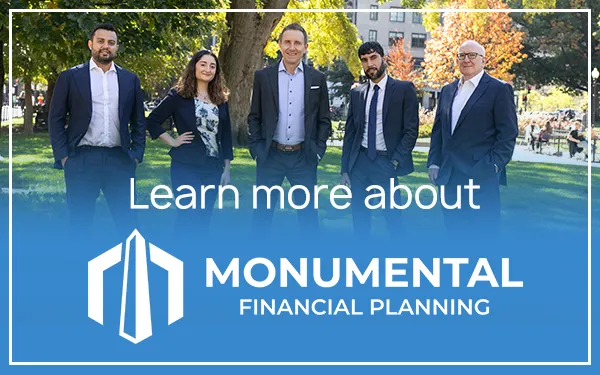
Retirement planning is more than just a financial endeavor; it’s a process of envisioning your future and laying the groundwork to make that vision a reality. Whether your dream retirement involves traveling the world, pursuing hobbies, or spending time with loved ones, it requires thoughtful preparation and strategic financial planning.
By understanding the key components of a successful retirement plan, you can take proactive steps towards a work-optional future, ensuring that your golden years are not just comfortable but truly enriching.
Defining Your Retirement Vision
The first step in retirement planning is defining what a fulfilling retirement looks like. This involves deep reflection on your lifestyle preferences, aspirations, and the roles you envision for yourself beyond the workforce.
Do you see yourself starting a business, volunteering, or simply enjoying leisure time? Your retirement vision will serve as the foundation for your planning, influencing decisions on savings targets, investment strategies, and how you intend to manage your time and resources.
Crafting Your Retirement Planning Checklist
With your vision clearly defined, the next step is to create a detailed retirement planning checklist, leveraging insights from Forbes to ensure a comprehensive approach. This checklist should include:
- Assessment of Current Financial Health: Begin by evaluating your current financial situation, including savings, debts, investments, and other assets. This will give you a clear starting point for your planning.
- Determine Retirement Spending Needs: Estimate your future spending needs based on your retirement lifestyle goals. Consider factors like healthcare, housing, travel, and daily living expenses.
- Create a Savings Strategy: Based on your spending needs and expected retirement age, calculate how much you need to save. Consider various retirement accounts, such as 401(k)s, IRAs, and Roth IRAs, to maximize your savings potential.
- Investment Planning: Develop an investment strategy that aligns with your risk tolerance and time horizon. Diversification and regular portfolio reviews are key to managing risk and ensuring your investments are on track to meet your goals.*
- Plan for Healthcare: Healthcare costs can be a significant expense in retirement. Explore long-term care and health insurance options, including Medicare and supplemental policies, and consider health savings accounts (HSAs) as a way to save for medical expenses tax-free.
- Estate Planning: Ensure your assets are protected and will be distributed according to your wishes through estate planning, such as creating a will, setting up trusts, and considering the implications of estate taxes.
Staying Flexible and Adapting to Changes
Retirement planning is not a one-time task but an ongoing process that requires adaptability. Life events, economic changes, and personal circumstances can impact your retirement plans, necessitating periodic reviews and adjustments.
Stay informed about changes in tax laws, investment options, and retirement policies to make informed decisions and keep your plan aligned with your goals.
Monumental Financial Planning is Your Partner As You Prepare for Retirement
Creating a work-optional future requires more than just financial security; it requires a vision of what you want your life to be and a strategic plan to achieve it. By defining your retirement goals, creating a detailed planning checklist, and staying flexible in the face of change, you can build a retirement that is not only financially secure but also richly fulfilling. The financial advisors at Monumental Financial Planning are here to guide you through every step of this journey, ensuring that your retirement is truly monumental.
* There is no guarantee that a diversified portfolio will enhance overall returns or outperform a non-diversified portfolio. Diversification does not protect against market risk.




